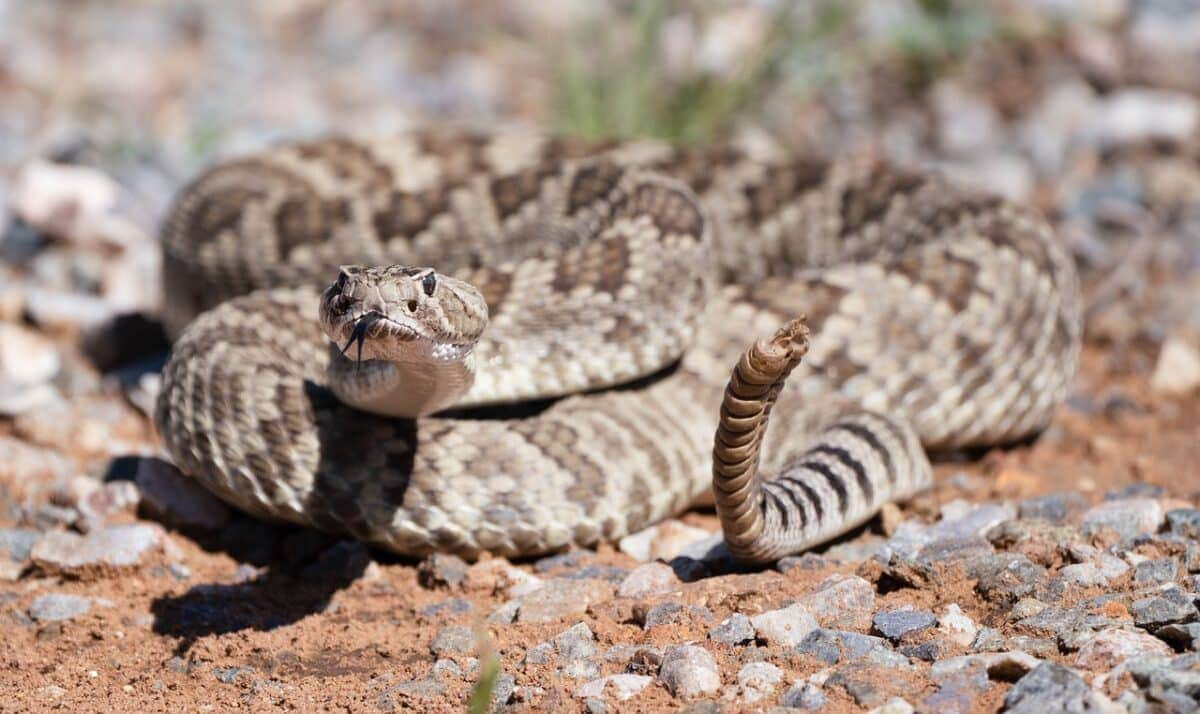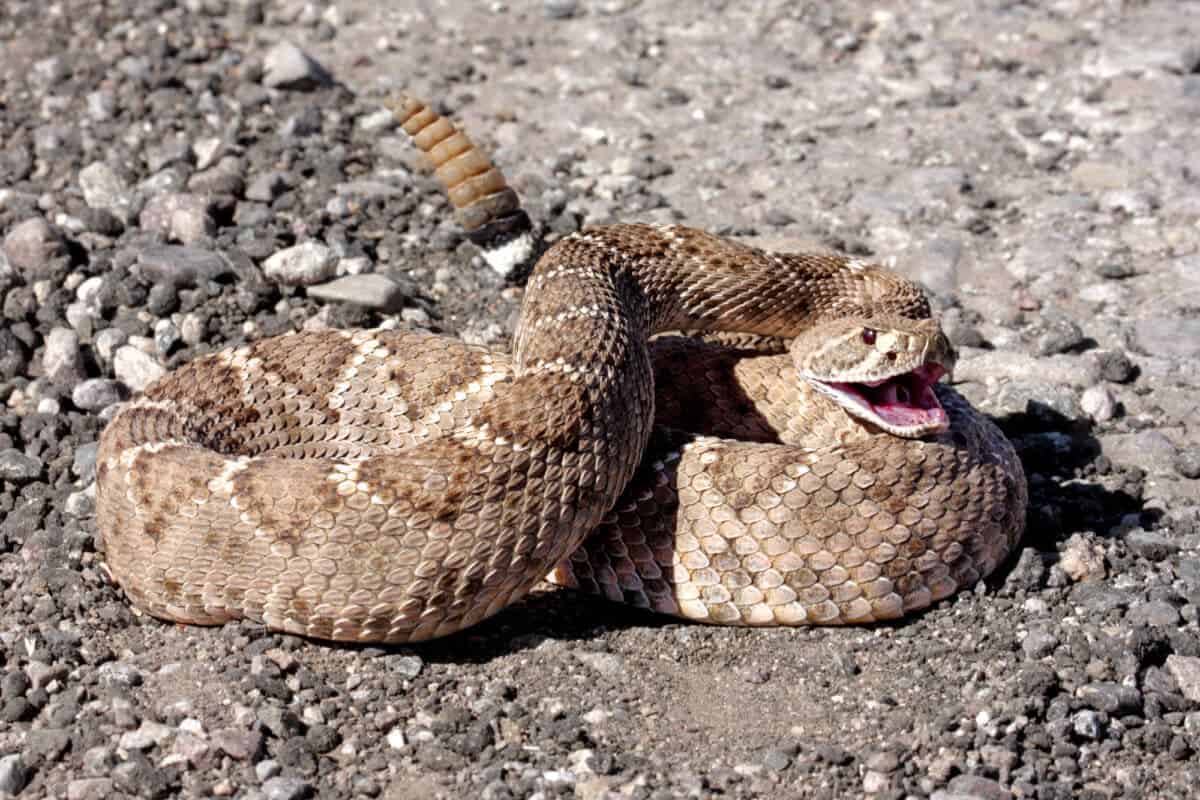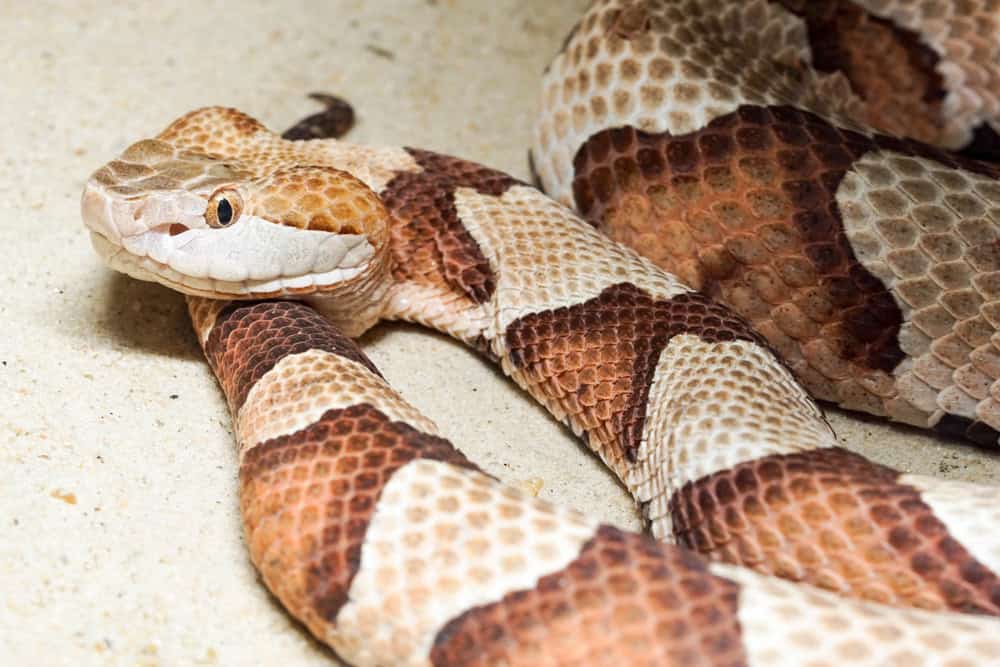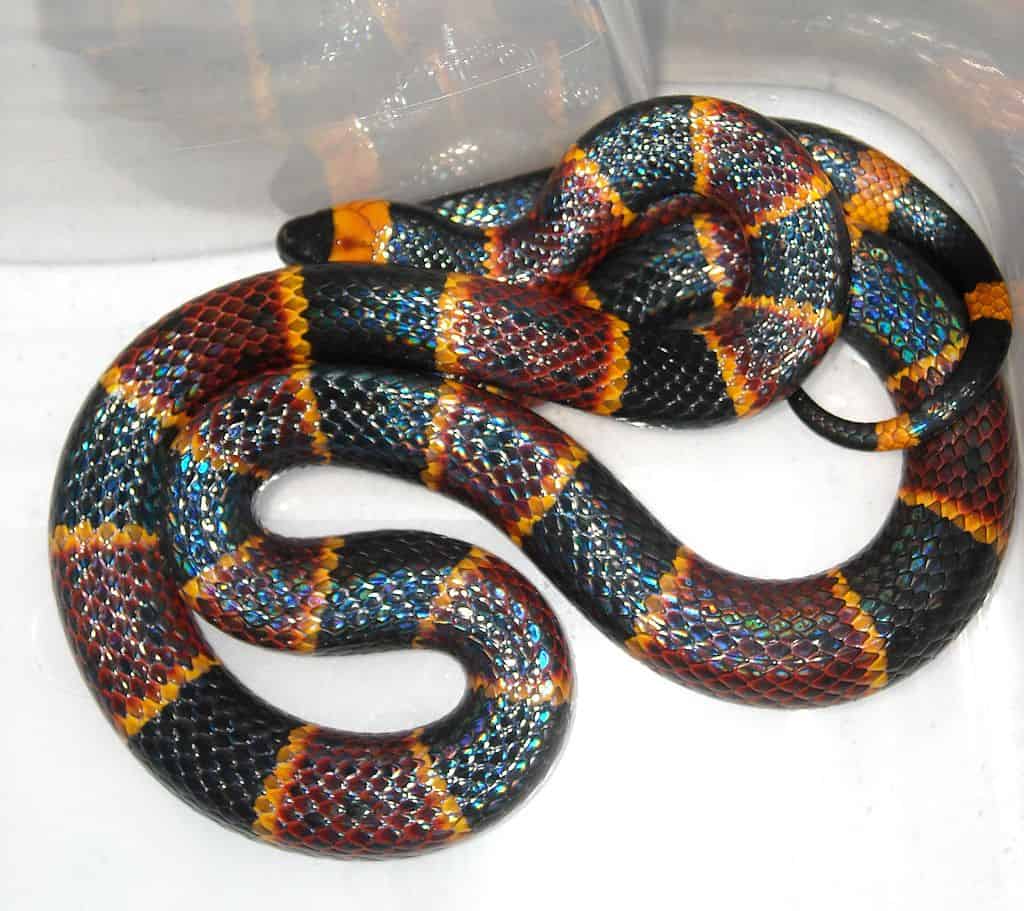US National Parks are a treasure trove of biodiversity, hosting a wide array of wildlife, including some of the most fascinating yet feared creatures—venomous snakes. With their vital role in maintaining ecological balance, it’s essential to understand and appreciate these incredible reptiles from a safe distance. In this article, we delve into the ten most venomous snakes found across the vast landscapes of US National Parks, exploring their unique features and habitats. Whether you’re an avid hiker or a curious nature lover, this guide will provide you with essential knowledge about these enigmatic creatures.
Understanding Venomous Snakes

Before we dive into specific snakes, it’s crucial to understand the role venomous snakes play in ecosystems. These predators help control rodent populations and other species, maintaining a balanced food chain. Their venom, primarily used for hunting and defense, has evolved over millions of years, making them highly efficient predators.
1. Eastern Diamondback Rattlesnake

As one of the most iconic rattlesnakes in the United States, the Eastern Diamondback is renowned for its potent venom and distinct diamond-shaped patterns. Found in the southeastern US, including Everglades National Park, this reptile prefers dry, pine-covered habitats. Despite their fearsome reputation, these snakes are generally reclusive and prefer to avoid human encounters.
2. Western Diamondback Rattlesnake

This robust rattlesnake is widespread in the deserts and forests of the southwestern United States, including Big Bend National Park. Known for its aggressive defense posture and loud rattle, the Western Diamondback is both feared and revered in its native range. Its venom can cause serious harm, making encounters memorable for those who venture into its territory.
3. Mojave Rattlesnake

Dubbed the most venomous rattlesnake species in the US, the Mojave has earned a fearsome reputation. Found primarily in the desert regions of the Southwest, like Joshua Tree National Park, its venom contains neurotoxins and hemotoxins, making it particularly dangerous. Despite this, the Mojave rattlesnake is generally docile unless provoked.
Habitat and Behavior

Venomous snakes are typically found in a variety of habitats, from arid deserts to lush forests. Each species has adapted to its environment, often preying on small mammals, birds, and other reptiles. Most venomous snakes are solitary creatures, preferring to bask alone rather than in groups, and they rely heavily on camouflage for both predation and protection.
4. Cottonmouth (Water Moccasin)

The Cottonmouth, or Water Moccasin, is a semi-aquatic snake known for its defensive behavior and venomous bite. Occupying wetlands and marshes across the southeastern US, including Congaree National Park, it gets its name from the distinctive white interior of its mouth. While generally non-aggressive, it can be territorial if threatened.
5. Copperhead

Recognizable by their copper-colored heads and hourglass pattern, Copperheads are common across eastern and central US, including Shenandoah National Park. Known for their relative calmness, these snakes typically rely on their camouflage to avoid detection. Their venom is less potent than other species, but they remain a concern due to their prevalence.
Health and Safety

Encounters with venomous snakes can be dangerous if not handled correctly. When exploring nature, it’s vital to stay on marked trails, avoid stepping in areas obscured by tall grass or leaves, and remain calm if you spot a snake. Snakes typically strike in self-defense, so giving them plenty of space is the best prevention against bites.
6. Timber Rattlesnake

This large rattlesnake species, found in deciduous forests of the eastern US such as Great Smoky Mountains National Park, is noted for its impressive size and striking rattle. Despite their intimidating appearance, Timber Rattlesnakes are typically shy and avoid human contact, preferring to stay hidden amongst fallen logs and leaf litter.
7. Canebrake Rattlesnake

A subspecies of the Timber Rattlesnake, the Canebrake is often found in lowland forests and canebrake thickets across the southeastern US. Its venom is highly potent, and it possesses a calm demeanor, usually relying on its camouflage to blend into the forest floor, making encounters rare but potentially dangerous.
8. Coral Snake

Unlike its rattling cousins, the Coral Snake is known for its vibrant bands of red, yellow, and black. Preferring wooded, sandy, or marshy areas, such as those in Big Cypress National Preserve, its venom is a potent neurotoxin. Fortunately, bites are rare due to the snake’s reclusive nature and small mouth, which limits its ability to deliver a significant bite.
Adapting to Ecosystems

Venomous snakes have adapted incredibly well to their environments, often displaying specialized hunting techniques and defensive behaviors. Many can control their venom injection, delivering a dry bite when warning off larger threats without wasting venom. Understanding these adaptations can help reduce fear and improve coexistence efforts.
9. Black-tailed Rattlesnake

Found in mountainous and desert regions, including Saguaro National Park, the Black-tailed Rattlesnake is a large, defensive snake renowned for its striking dark tail and keenness of flight over fight. It is predominantly nocturnal in the summer months, making encounters less common.
10. Prairie Rattlesnake

This adaptable rattlesnake inhabits the grasslands and prairies of the western US, including Badlands National Park. Its venom is hemotoxic, causing tissue damage and pain. Despite their fearsome bite, Prairie Rattlesnakes are crucial ecological components, helping control populations of small mammals that otherwise can become pests.
Conclusion: Respecting Nature’s Balance

While venomous snakes may evoke fear, they are essential cogs in the intricate ecosystems of US National Parks. By understanding their behaviors and respecting their habitats, visitors can safely enjoy exploring these natural wonders. Remember, these snakes play a critical role in maintaining ecological balance, serving as a reminder of the complex interactions that sustain our planet’s biodiversity.
- Animals That Survive on Only Air and Light - June 29, 2025
- Meet the World’s Largest Wolf Ever Recorded – Its Size is Unreal! - June 29, 2025
- Why Goat Is a Staple Meat in Many Cultures—But Rarely in the U.S. - June 28, 2025

